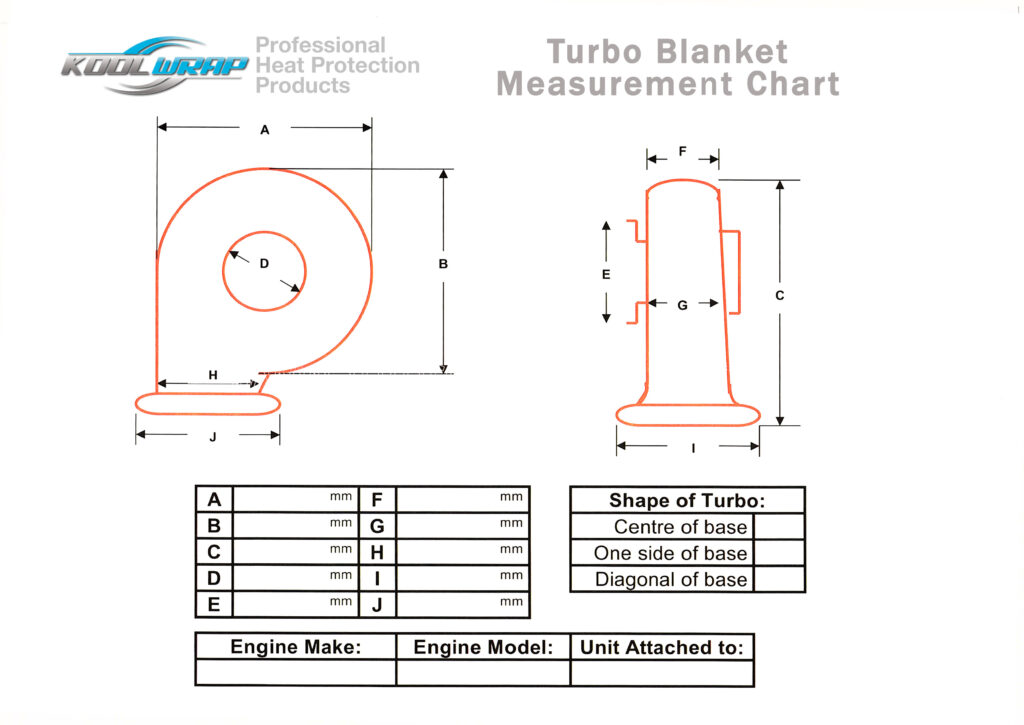The Role of Heat Shields in Enhancing Automotive Performance
When it comes to elevating the performance of your beloved automobile, enthusiasts and experts often focus on the latest engine enhancements, tuning options, or tire upgrades. Yet, an often underestimated hero works diligently under the hood—heat shields. In this article, we’ll unravel the indispensable role heat shields play in automotive performance enhancement.
From safeguarding sensitive components to boosting fuel efficiency and preserving your engine’s health, these unassuming shields are the unsung champions of your vehicle’s optimal operation. Join us as we explore how the seemingly simple heat shield can make a remarkable difference in your automotive experience.
What is a Heat Shield?
Before we dive into the details, let’s clarify what a heat shield is. A heat shield is a protective barrier that protects sensitive automotive components from excessive heat. It’s typically made from heat-resistant materials like aluminum, stainless steel, or high-temperature composites. Heat shields are strategically placed to deflect and dissipate heat generated by various parts of the vehicle.
The Benefits of Using Heat Shields
Improved Engine Performance: The engine is the heart of your vehicle, and it operates optimally at specific temperature ranges. Excessive heat can lead to reduced efficiency and potential damage. Heat shields act as a barrier, preventing the transfer of heat to the engine and maintaining the ideal operating temperature.
Enhanced Fuel Efficiency: When the engine runs cooler, it burns fuel more efficiently. This means you get better mileage from your vehicle, saving both money and the environment.
Protecting Sensitive Components: Your car has various sensitive components, such as electrical wiring and fuel lines. Heat shields protect these elements from heat-related damage, ensuring your vehicle runs smoothly and safely.
How Kool Wrap Heat Shields Make a Difference
At Kool Wrap, we specialize in manufacturing high-quality, custom-fit heat shields designed to meet your vehicle’s specific needs. Our heat shields are crafted from premium materials and are known for their durability and effectiveness. Here’s why you should choose Kool Wrap:
Custom Fit: Our heat shields are designed to fit your vehicle perfectly, ensuring maximum coverage and protection.
Easy Installation: With our user-friendly installation guides, you can easily install Kool Wrap heat shields, saving time and money.
Long-Lasting: Our heat shields are built to withstand the harshest conditions, providing lasting protection for your vehicle.
Additional Benefits of Kool Wrap Heat Shields:
Noise Reduction: Besides heat protection, our heat shields reduce noise levels in your vehicle. Enjoy a quieter and more comfortable ride.
Improved Resale Value: Investing in Kool Wrap heat shields benefits your vehicle’s current performance and adds value when it’s time to sell. Potential buyers appreciate well-maintained and protected vehicles.
Conclusion
Heat shields are a vital component in enhancing automotive performance. They protect your engine, improve fuel efficiency, safeguard sensitive components, reduce noise, and enhance resale value. When you choose Kool Wrap heat shields, you’re investing in top-quality products that will make a noticeable difference in your vehicle’s performance and longevity. Don’t wait; take action today and give your car the protection it deserves.
Your vehicle deserves the best, and Kool Wrap is here to deliver
At Kool Wrap, we’ve highlighted the pivotal role that heat shields play in engine performance, fuel efficiency, and component protection and showcased the additional advantages of reduced noise and increased resale value.
Our commitment to crafting high-quality, custom-fit heat shields to meet your vehicle’s unique needs underscores our dedication to your driving experience. With Kool Wrap, you’re investing in a product and your vehicle’s longevity and peace of mind.
Don’t hesitate—take action today and experience the transformative power of our heat shields. Your vehicle will thank you with improved performance and years of trouble-free operation.

